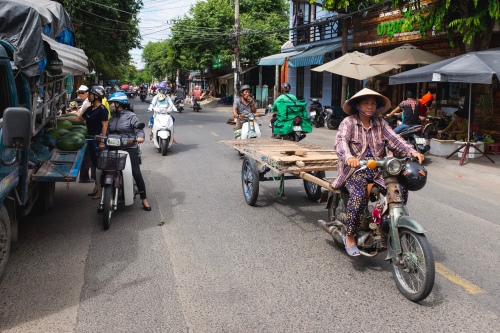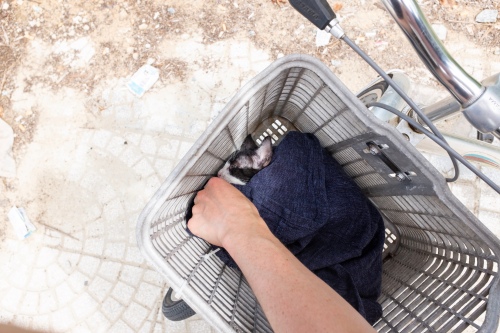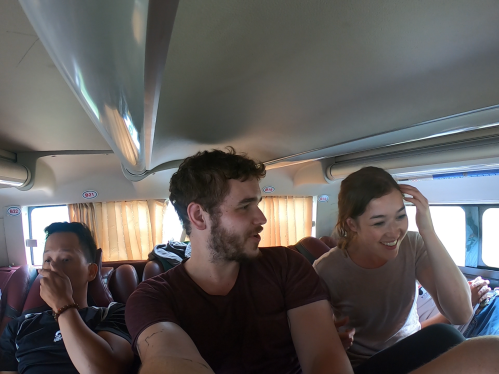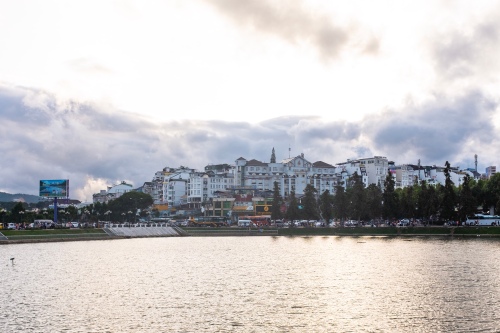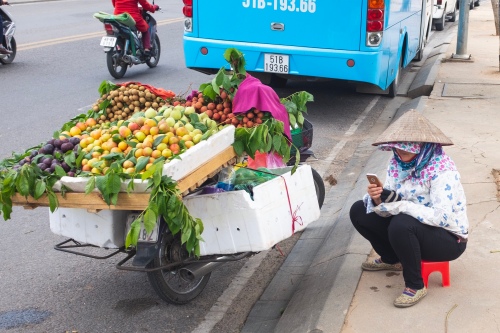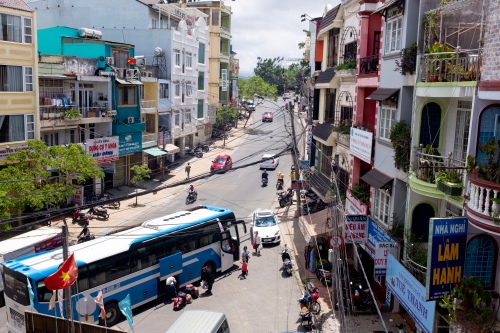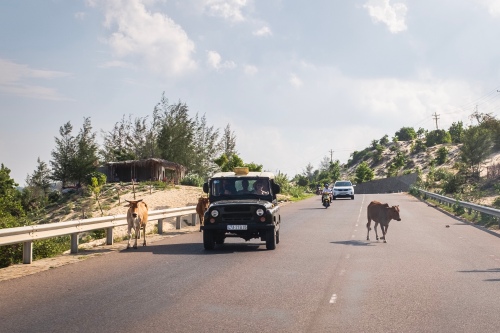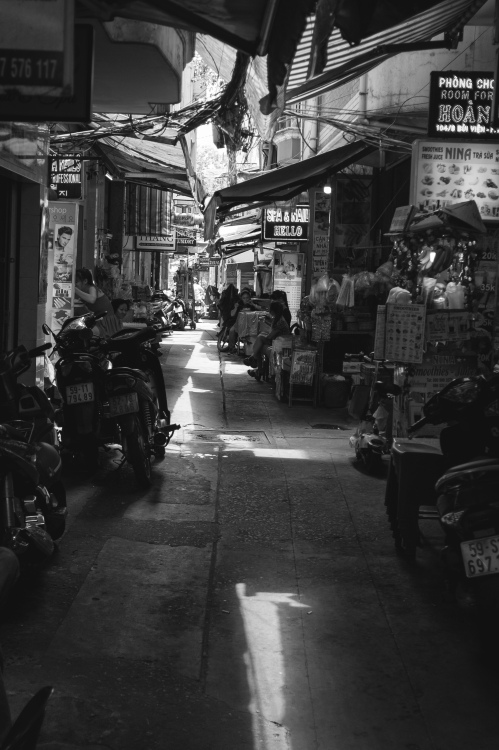Scaling Sapa’s Slopes

Spoiler alert: today’s title is a bit of a misnomer, as very little cardiovascular exercise was undertaken while visiting Sapa. Treks to the shrouded peak of Fanxipan can take between two and four days, and I suspect that one of us would have expired in the heat.
Even lacking said adventurous gumption, the landscape around Sapa is simply breathtaking. The bus from Hanoi teased us with glimpses of the sunset horizon high above us before the light disappeared, leaving us lurching and weaving precariously along invisible roads. The only thing we could know for certain was that the road was going up, at an alarming angle, and that the other drivers on the road were no more inclined to use their brakes than in the city.



Sapa is similar in many ways to Da Lat; it’s a cool, mountainous city which seems to leave a lot of familiar Vietnam behind. The buildings are bright and strangely European, and the city contains open parks and amphitheatres that couldn’t in any way fit into the larger cities’ dense urban landscapes. Dogs roam freely as in any other place in Vietnam, but the skinny short-haired whippets have now been replaced by huskies and samoyeds, who wouldn’t stand a chance in the country’s hotter lowlands.






Our first night, we wandered in search of food along the outside road of Sapa and were confronted by a pitch-black, yawning abyss. The city limits are right on the edge of the mountainside, and all we could say for certain at night was that there was land *somewhere* far below and far above us; Flat Earthers would have had a field day at this apparent edge of the world. Come daybreak, the view is no less astonishing.



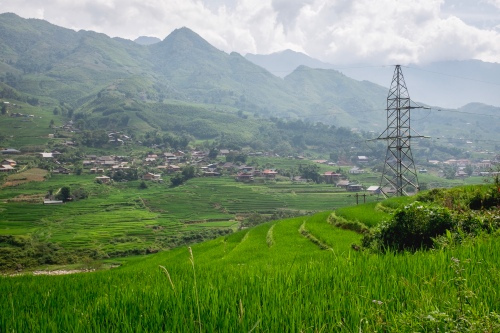
Hundreds of metres below, the valley floor is carved into rows upon rows of rice fields, stepping from Sapa far down to an icy river. Yet more hundreds of metres above, the towering columns of Fanxipan vanish into cloud, almost blocking out the sun itself. There’s no such thing as a boring drive around the area, and no need for a booked tour – just rent yourself a scooter, pick a direction and try to remember to stop the bike before taking any of the hundreds of photos you’ll want to get.



The road northwest of Sapa winds lazily upwards to a break in the mountains, then immediately and alarmingly downwards into the next valley. Every turn brings you to an even better viewpoint, and it’s only when you look back that you realise how far you’ve come. Within minutes, the churning waterfall you saw far beneath you is now spraying the top of your head, the tiny stream below now a rushing whitewater.


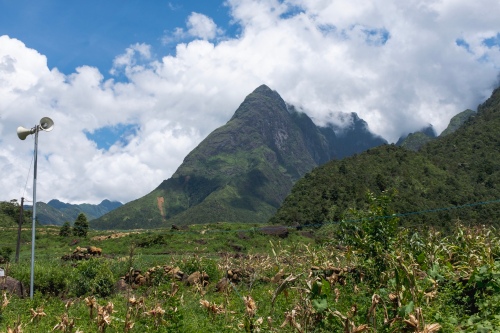

The only tragedy of this experience came in the form of one solitary pothole ejecting my phone from the bike; upon realising this fact a few minutes later, I discovered via the Find My iPhone app that some questionable Samaritan had picked it up and was driving away into the distance. Despite extensive questioning in the area indicated by GPS, and after yet more extensive negotiating days later when said person finally got in touch with my emergency number, I never again saw my phone. Let today’s lesson be: don’t trust the bike’s front pockets, and/or just avoid the damn potholes.





The following day, we were fuelled with the urge to head quite the opposite direction, down into the villages and rice paddies below Sapa. The route is reasonably straightforward: pay 70,000 VND (about £2) at the toll gate, then follow the road downward to the valley floor. All straightforward in theory, except calling it a ‘road’ is charitable at best; while you’ll pass multiple hardworking teams of roadlayers that will undoubtedly have the path smooth as silk within a year or so, currently it’s a steep incline of jagged rocks and unpredictable gouges in the floor. The journey downwards wasn’t so much ‘driving’ as ‘not crashing’ while holding the brakes and balancing very carefully while gravity took you for a ride. The only source of confidence I had that it was even a road was the streams of possibly-suicidal drivers hurtling up and down with apparently no concern for their own wellbeing or that of their bikes.


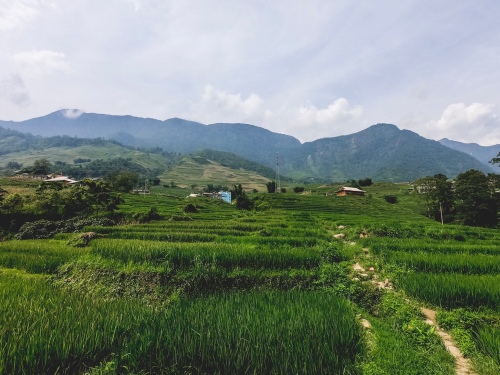
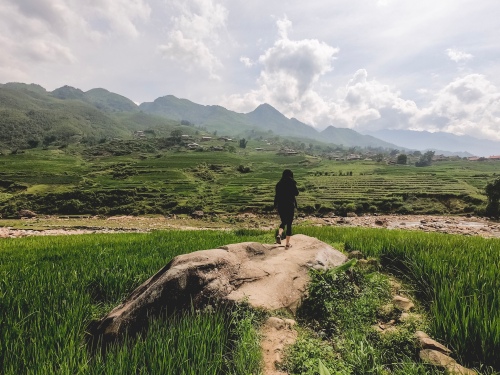



Having survived the plummet, the green carpet of the valley base was a welcome oasis of wind-brushed grass and the occasional belch of water buffalo. The cold waters of the river demand at least a cursory paddling, particularly in the heat of the day; I had to go Full Tourist and acquire a long-sleeved shirt after the deceptive coolness of the previous day’s drive turned me a gentle shade of magenta, and even in the mountains the Vietnamese sun is nothing to take lightly.


And with that, our final stop in the country had to come to a close. Vietnam is an unquestionably stunning country, with far more to do than a month’s travel can sufficiently allow for, but we gave it our best.
For now, we head to Hanoi Airport (albeit one phone down), ready for the next adventure – to Siem Reap, Cambodia.




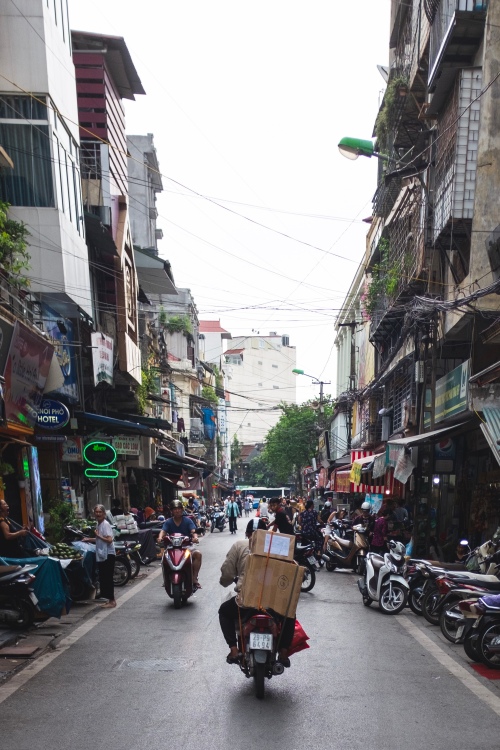
















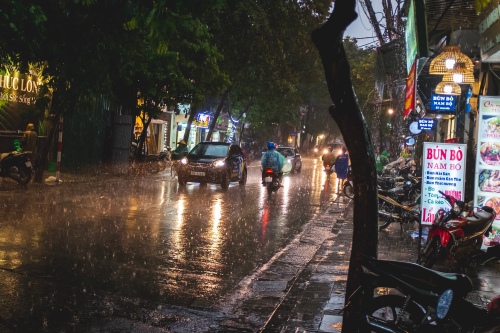





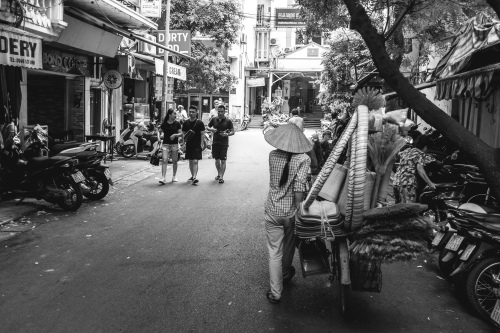




































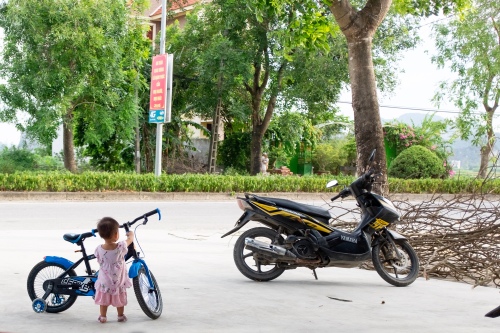









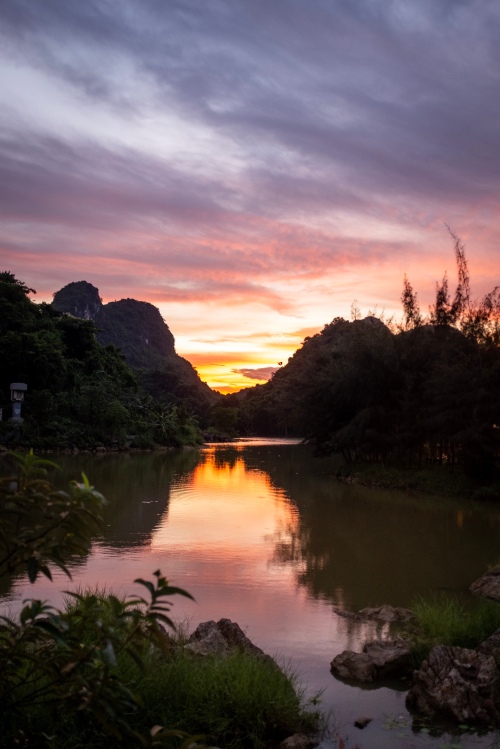































 Unfortunately, we only had 24 hours in which to see the city, and it was hot as holy hell while we were staying there, so choices were limited. We had to forego the Perfume River tour and – much to my disappointment as a photographer – didn’t have time to visit the legendary Thuy Thien abandoned water park, so instead settle for Hué’s most prominent landmark: the Imperial Citadel.
Unfortunately, we only had 24 hours in which to see the city, and it was hot as holy hell while we were staying there, so choices were limited. We had to forego the Perfume River tour and – much to my disappointment as a photographer – didn’t have time to visit the legendary Thuy Thien abandoned water park, so instead settle for Hué’s most prominent landmark: the Imperial Citadel.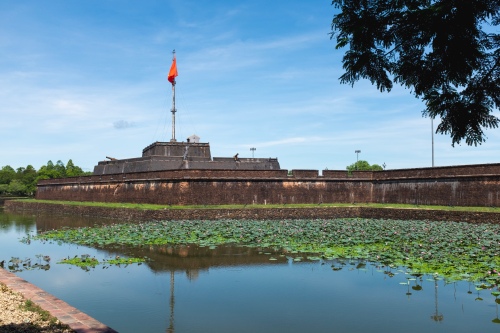



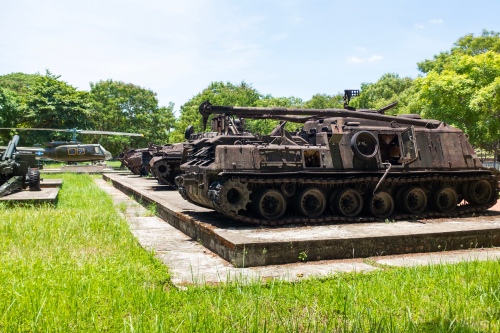 The Citadel is a vast stone compound in the centre of the city, the outline of which is clearly visible on any map. Comprised of multiple Russian doll-like layers of courtyards and arenas, it was the imperial seat of Vietnam for over a hundred years before being partially destroyed during the Battle of Hué. Restorations are ongoing even now, but much of the interior still lies in ruins; what remains is a beautiful example of traditional Vietnamese architecture and tradition, with grand palatial promenades, perfumed Buddhist shrines and koi-filled ponds. Even in the enduring midday heat, it was impressive enough to hold my fascination while my brain gently fried.
The Citadel is a vast stone compound in the centre of the city, the outline of which is clearly visible on any map. Comprised of multiple Russian doll-like layers of courtyards and arenas, it was the imperial seat of Vietnam for over a hundred years before being partially destroyed during the Battle of Hué. Restorations are ongoing even now, but much of the interior still lies in ruins; what remains is a beautiful example of traditional Vietnamese architecture and tradition, with grand palatial promenades, perfumed Buddhist shrines and koi-filled ponds. Even in the enduring midday heat, it was impressive enough to hold my fascination while my brain gently fried.








 The limitations of our stay prevent me from being able to explore Hué with any more detail, sadly; those of you with a more flexible travel time/ their own cross-country form of transport need to let me know what I missed.
The limitations of our stay prevent me from being able to explore Hué with any more detail, sadly; those of you with a more flexible travel time/ their own cross-country form of transport need to let me know what I missed.




